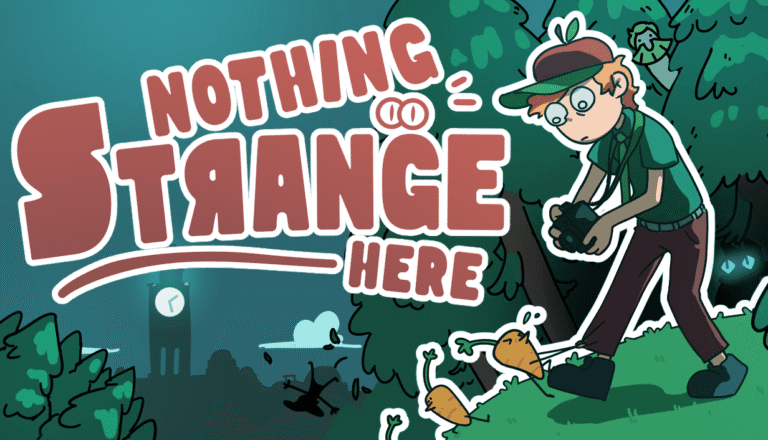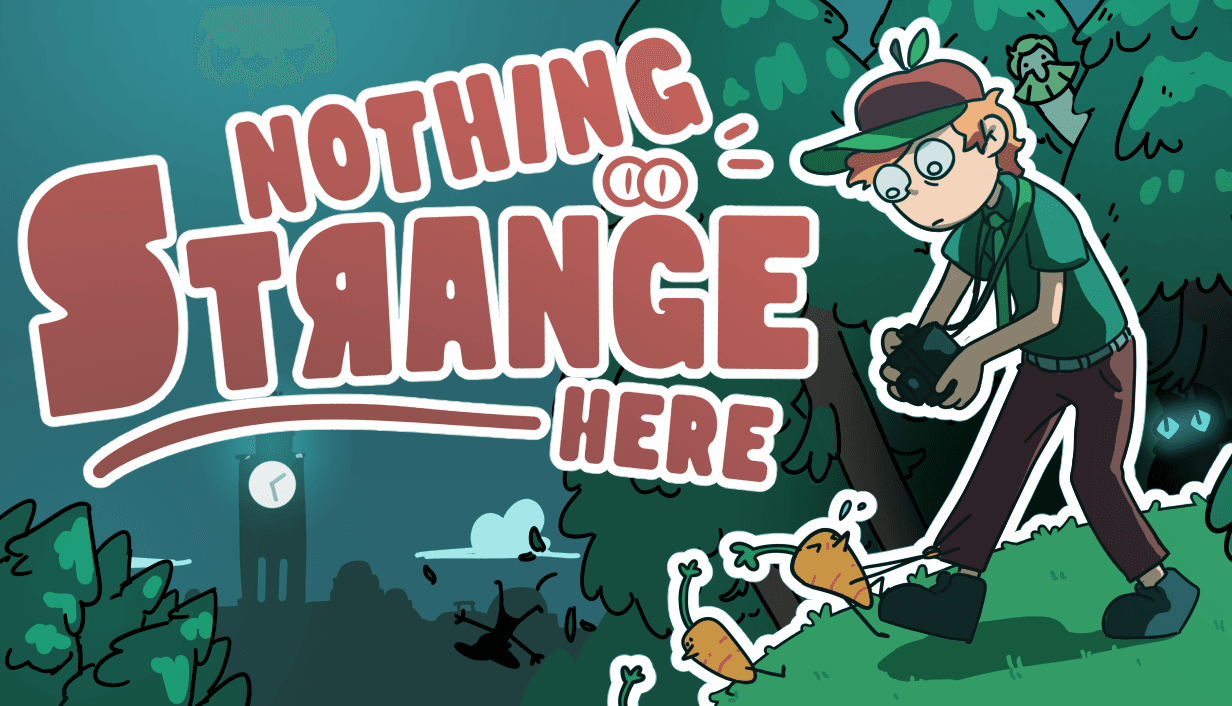
Nothing Strange Here proves that sometimes the best mysteries hide in plain sight, wrapped in a deceptively cozy aesthetic that masks surprisingly deep storytelling mechanics. Developed by the Swedish indie studio Dandelion Developers, this Gravity Falls-inspired adventure has just released its demo, and it’s already clear that this charming mystery game has something genuinely special brewing beneath its wholesome exterior.
First Impressions and Premise
The demo immediately establishes its premise with disarming simplicity: you’re an investigative journalist arriving in the quirky town of Larcenest Gap, armed with nothing more than a camera and an insatiable curiosity about the bizarre happenings around you. What starts as a straightforward exploration game quickly reveals layers of interactive storytelling that respond dynamically to your photographic choices and investigative decisions.
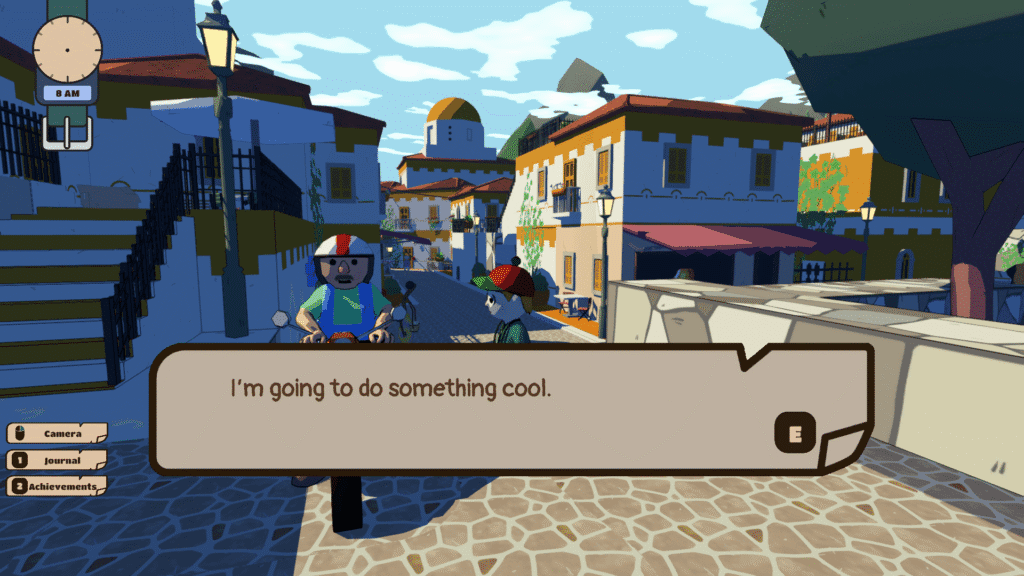
The opening moments feel deliberately mundane – conversations with your uncle about your new job, basic movement tutorials, and the simple act of taking your first photographs. However, this apparent normalcy serves as the perfect foundation for the game’s central hook: the gradual realization that absolutely nothing in Larcenest Gap is as innocent as it initially appears.
Photography as Storytelling
The game’s core mechanic revolves around photography, but not in the shallow, Instagram-aesthetic way that might be expected. Instead, your camera becomes a genuine investigative tool, with each photograph serving as both documentation and catalyst for change within the town’s ecosystem. The sticker collection system transforms these captured moments into tangible progress markers, allowing players to customize their journal with evidence of their discoveries.
What makes this system particularly compelling is how it encourages genuine observation rather than mindless clicking. Certain mysterious events only occur at specific times of day, creating a natural rhythm that rewards patient exploration and careful timing. The demo showcases this beautifully with environmental details that shift between the warm daylight hours and the more ominous nighttime atmosphere.
Environmental Storytelling Excellence
Larcenest Gap feels lived-in despite its obvious supernatural undertones. The town’s inhabitants go about their “normal” daily routines with the kind of oblivious dedication that immediately signals something deeper is happening beneath the surface. Environmental storytelling shines through subtle details – a balloon mysteriously floating in the sky, strange architectural choices, and the way NPCs interact with their surroundings in slightly off-kilter ways.
The visual design strikes an impressive balance between cozy and unsettling. The art direction evokes the same kind of deceptive warmth found in shows like Gravity Falls, where bright colors and friendly character designs mask genuinely mysterious and occasionally dark undertones. The demo’s environmental variety suggests a world that rewards thorough exploration, with hidden areas and secrets that only reveal themselves to observant players.
Dynamic World Systems
One of the demo’s most intriguing features is its promise of a world that changes based on your actions and discoveries. Quests don’t just provide objectives; they actively transform the environment around you, creating a sense that your investigative work has tangible consequences within the town’s ecosystem. This mechanic transforms what could have been a static exploration experience into something that feels genuinely reactive and alive.
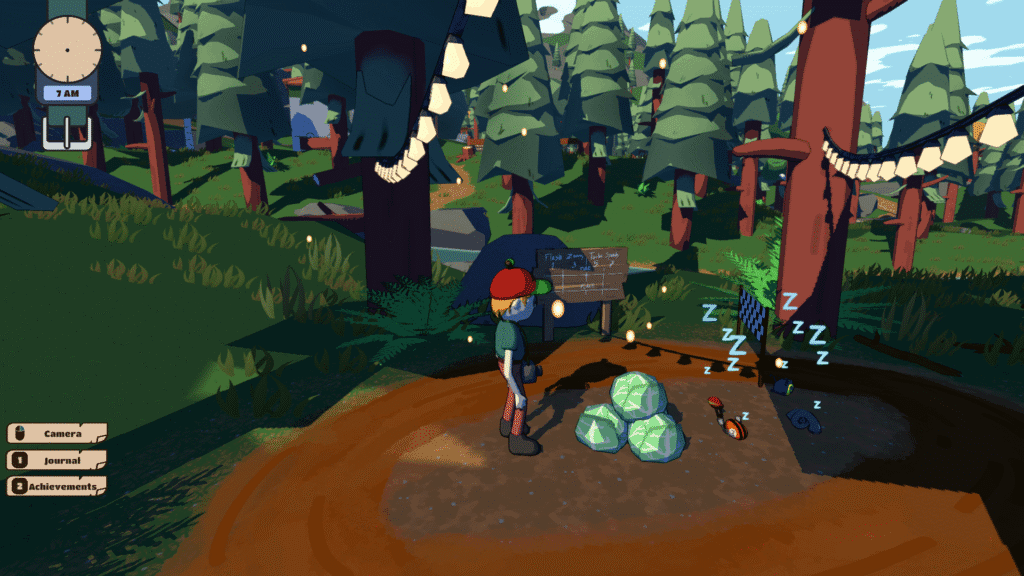
The time-based gameplay elements add another layer of depth, encouraging multiple visits to the same locations at different times to uncover all available content. This design philosophy suggests that Dandelion Developers understands the importance of replayability and organic discovery in creating lasting engagement with their world.
Technical Polish and Accessibility
Despite being developed by a small team of recent graduates, the demo shows impressive technical competence. The 3D environments are well-constructed, the character animations feel natural and expressive, and the overall performance remains stable throughout the experience. The game runs smoothly on modest hardware requirements, making it accessible to a wide range of players without sacrificing visual quality.
The user interface feels intuitive and unobtrusive, never getting in the way of the exploration experience. Camera controls are responsive and precise, which proves essential given photography’s central role in progression. The journal system provides clear organization for collected stickers and discovered information without overwhelming new players with complexity.
Dandelion Developers has demonstrated admirable transparency throughout development, regularly sharing progress through devlogs and community updates. Their approach to gathering feedback through playtesting sessions shows a genuine commitment to refining the experience based on player input. The team’s active presence on platforms like Discord creates a sense of collaborative development that many larger studios struggle to achieve.
The developers’ willingness to acknowledge areas for improvement – particularly around making the world feel “weird enough” – suggests a self-aware approach to game design that bodes well for the full release. Their iterative development process and openness to community feedback create confidence that the final product will address any remaining rough edges from the demo experience.
Looking Forward
Nothing Strange Here positions itself perfectly within the cozy mystery genre while bringing enough innovation to stand apart from similar titles. The demo suggests a full game that will reward both casual exploration and dedicated investigation, with enough depth to satisfy mystery enthusiasts without alienating players seeking a more relaxed experience.
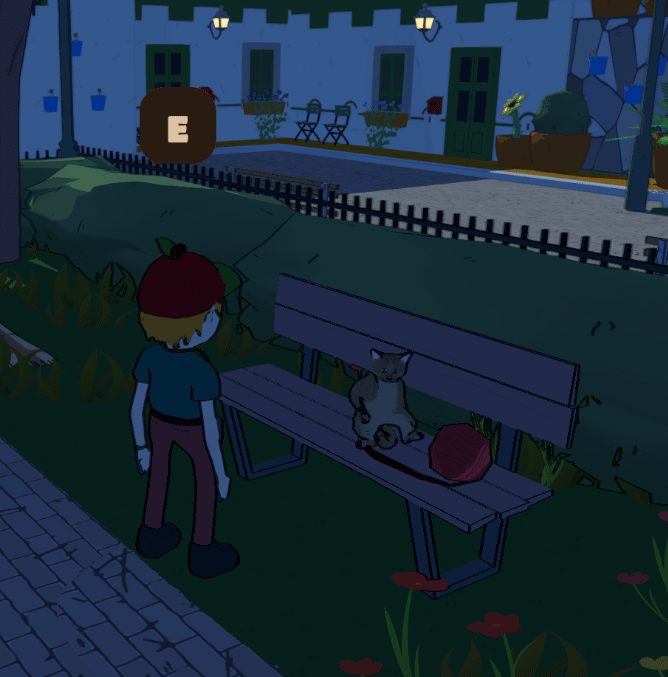
The planned Q1 2026 release window gives Dandelion Developers ample time to expand on the demo’s strongest elements while addressing any areas that need refinement. Based on the quality and thoughtfulness evident in this preview build, Nothing Strange Here appears poised to deliver on its promise of being a “cozy, mysterious, and slightly chaotic” adventure that captures the spirit of beloved properties like Gravity Falls while establishing its own unique identity.
The demo is available now on both Steam and itch.io, offering an accessible entry point for anyone curious about what mysteries Larcenest Gap has to offer. For fans of mystery games, cozy adventures, or simply well-crafted indie experiences, Nothing Strange Here represents exactly the kind of creative risk-taking that makes the independent gaming scene so vital and exciting.

